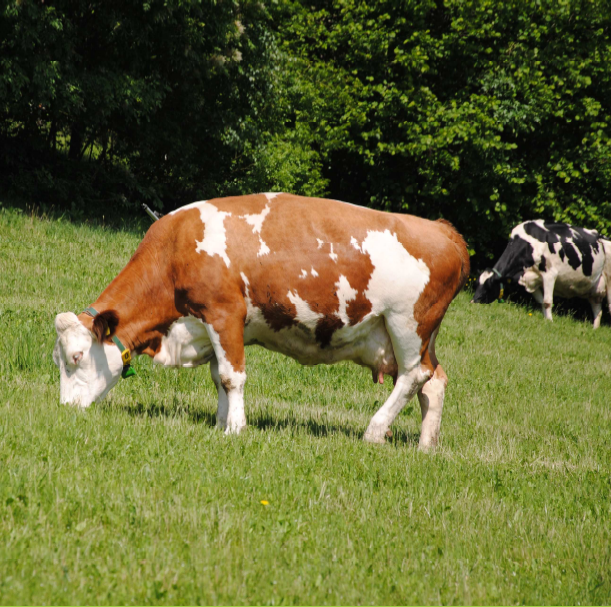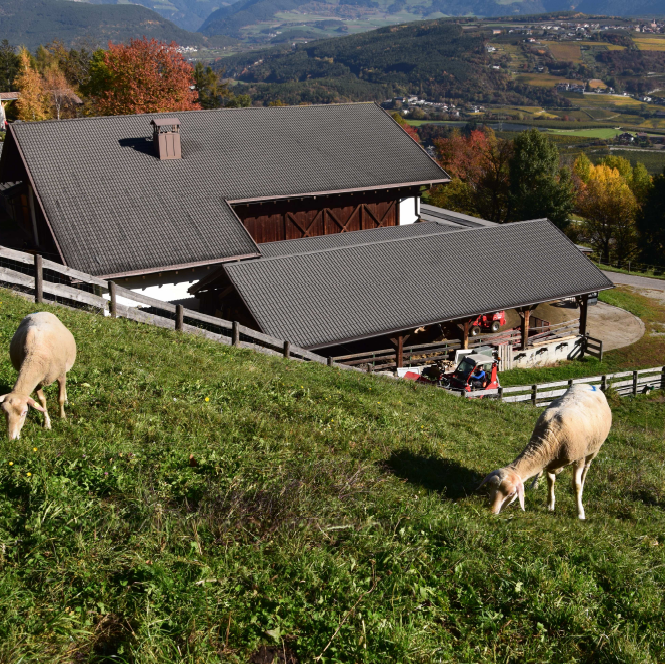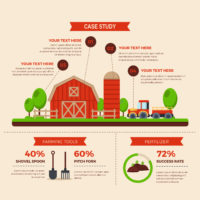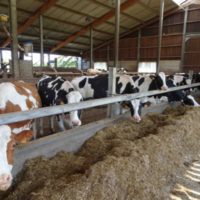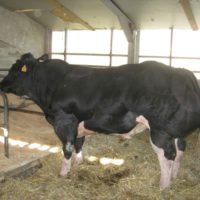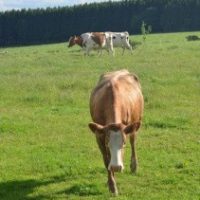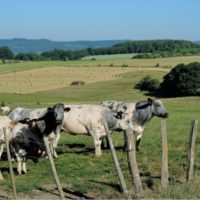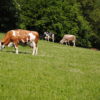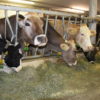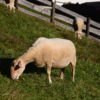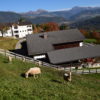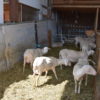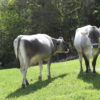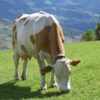Description
The farm is part of the Professional School of Agriculture and Home Economics in Salern/Brixen (South Tyrol, NE Italy), where pupils (on average 14 to 16 years old) can gain theoretical knowledge about animal farming and put it into practice. Profit is not the main focus of the institution, with the farm fulfilling also didactic tasks. The organic farm consists of 14 ha of meadows and pastures, of which 7.5 ha are owned by the school and 6.5 ha are leased. 13 % of the area is exclusively grazed and 4.5 % is exclusively mown. A combination of mowing and grazing is practiced on the main part of the area (82.5 %). Because of didactic reasons, four different cow breeds and milk sheep are kept. During the summer the livestock grazes on the pastures around the farm buildings. The practiced grazing management type for the cows is a continuous variable stocking (short sward grazing, Germ: “Kurzrasenweide” – sward height always kept under 8 cm)
mostly combined with a mowing use. Approximately one fourth of the whole area, depending on weather conditions and number of animals, is grazed since the begin of the growing season until the remaining area has been mown the first time and its herbage achieves the suitable growing height for grazing. Then most of
the grazed area is let grown for hay and the mown area is grazed. The practiced grazing management type for the sheep is a continuous stocking.
Since 2016 a reduction of concentrates in the ration has been implemented. A maximum of 450 g cereals per cow per lactation has been fed.
This is only possible because of the high forage quality (only dry forage, no silage), which is achieved thanks to the well-working barn-drying system with heating combined with a dehumidifier.
Reason for the innovation
- Ethic—ecological reasons (no withdrawal of arable land in developing countries, which would be suitable for food production)
- Decreasing costs (independence of price fluctuations of concentrates)
- Production of hay milk (silage-free milk production)
Farm description
Environment
- Main soil types: sandy; sandy-loam
- Climate: temperate continental climate
- Average altitude (m a.s.l.): 809 (735 m to 906 m)
- Average slope (%): 28 (10 % to 50 %)
Grassland management
- Grazing: Yes, partially combined with cut use
- Grazing management type:
- Cows: combination of continuous variable stocking (short sward grazing) and mowing
- Sheep: continuous stocking
- Length of the grazing period (months/year): cows: 7; sheep: 5
- Number of cuts for exclusively mown areas: 3 cuts/year
- Conservation type: hay
Structure
- Annual work units: 2 (including the didactic duties)
- Agricultural area (ha UAA): 14 ha
- 0.7 ha meadows
- 1.9 ha pastures
- 11.4 ha grazing combined with mowing
- Arable land area: 1200 m2
Animal performance
- Breed type:
- Cows: Braunvieh(12), Simmental (6), Grauvieh (5), Holstein Friesian (3)
The number in brackets shows the number of animals - Sheep: Lacaune
- Cows: Braunvieh(12), Simmental (6), Grauvieh (5), Holstein Friesian (3)
- Total Livestock unit (LU): 21
- Average stocking rate (LU/ha): 1.5
Why it is working
- Most of the areas are located around the farm; all other prerequisites for a grazing management are fulfilled, including an acceptable slope
steepness- The precipitation rate in the Eisack valley is low (ᴓ 670 mm/year*), which reduces the probability of mechanical damages to the sward caused by grazing animals
- High fodder quality because of an efficient barn-drying method with air heating and dehumidifier
- High motivation (School, didactic aim)
*meteorological station “Brixen Vahrn”, hydrographic department, province of Bolzano
